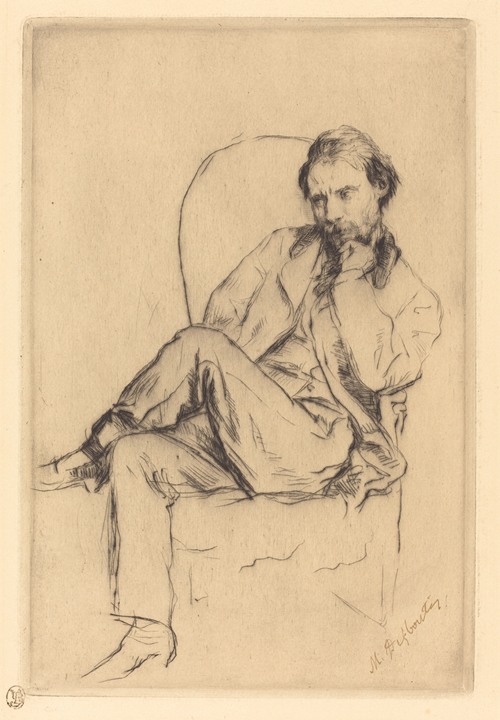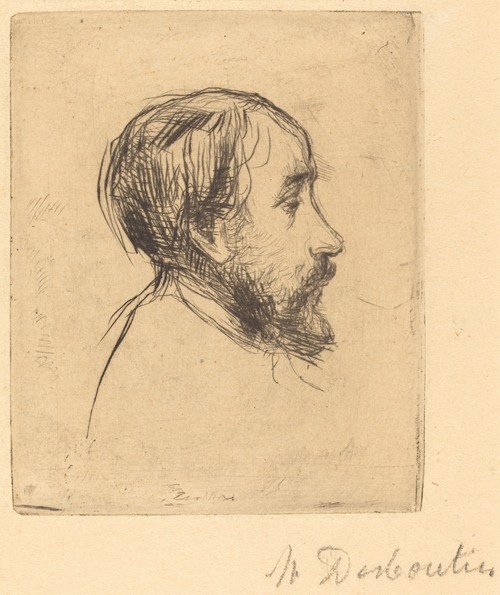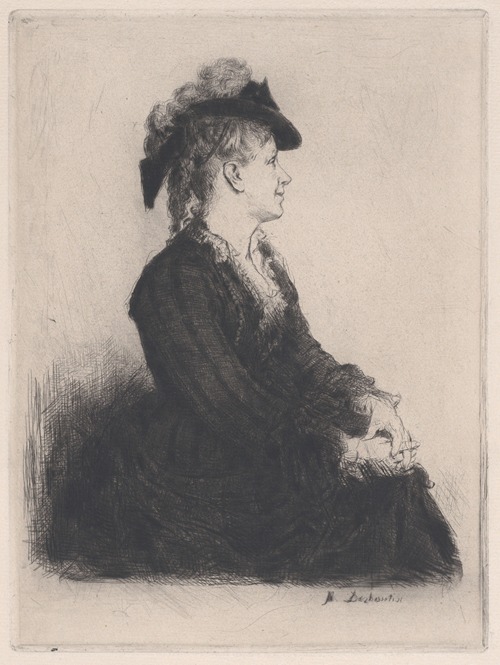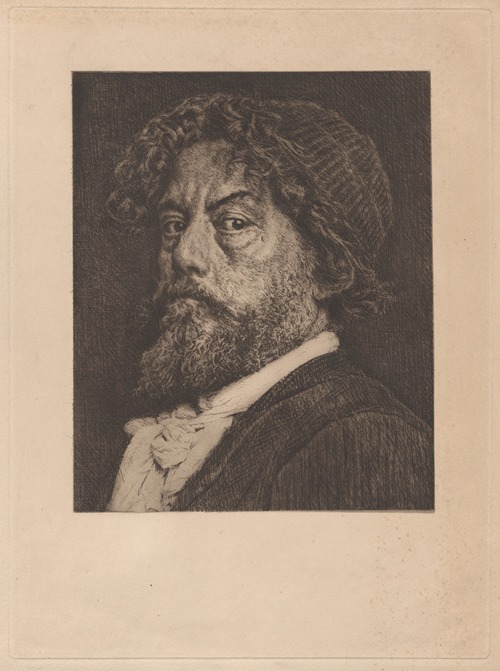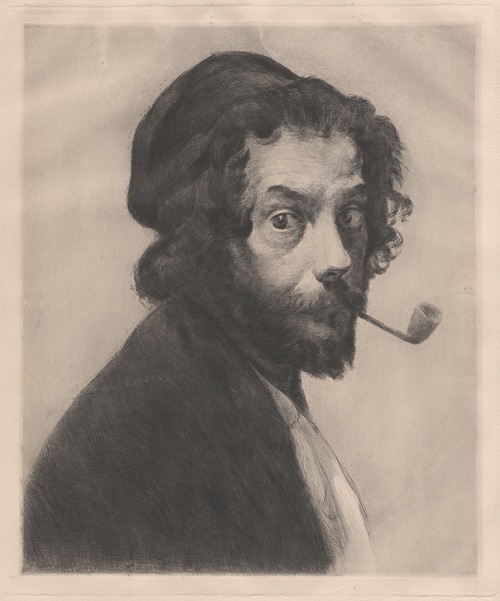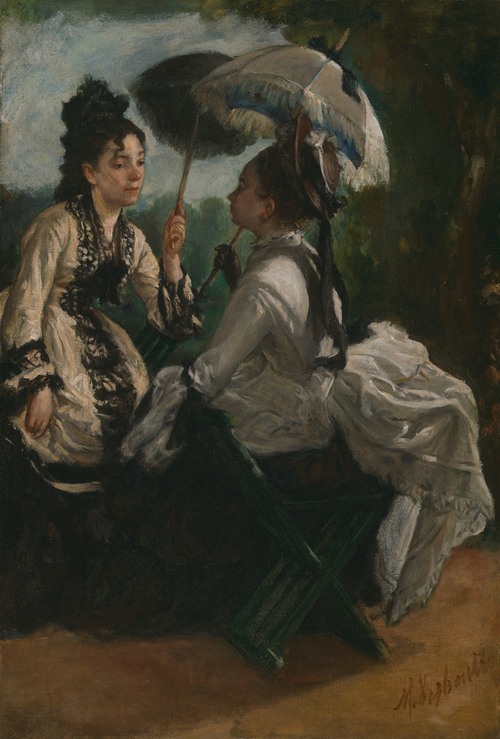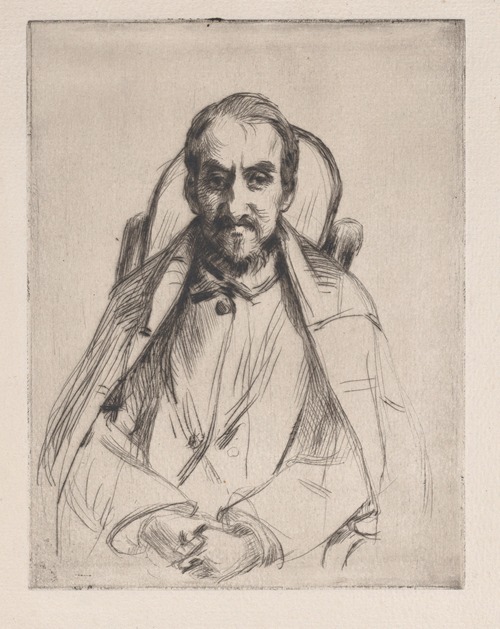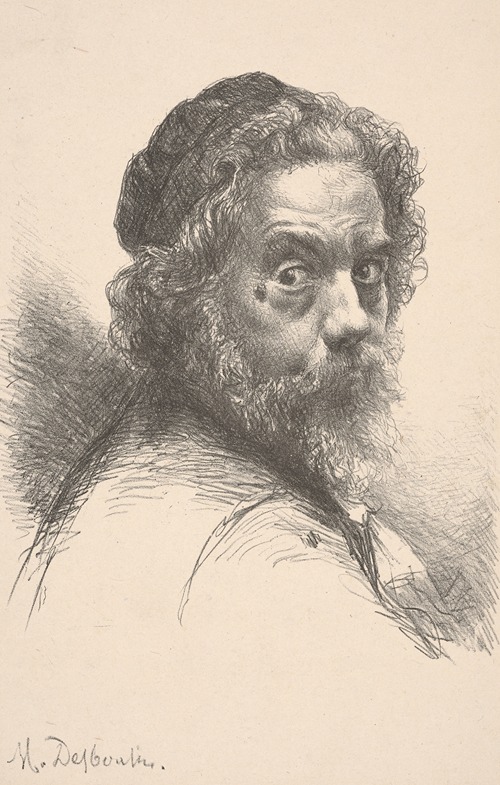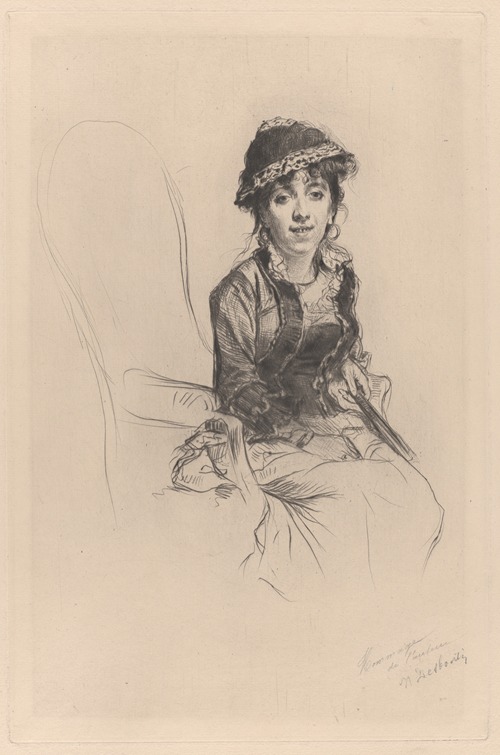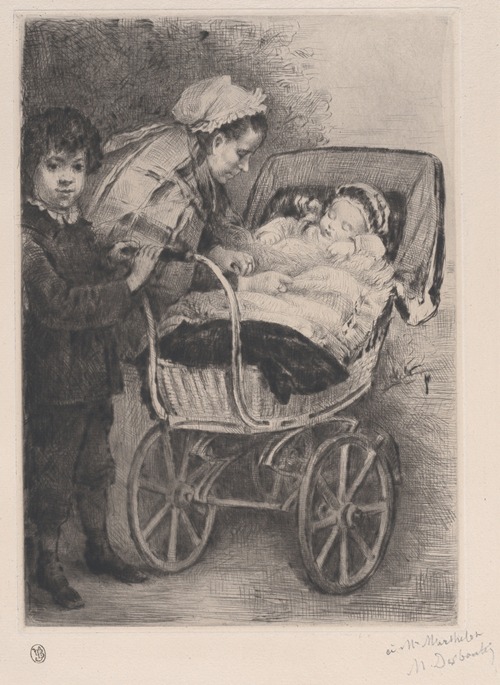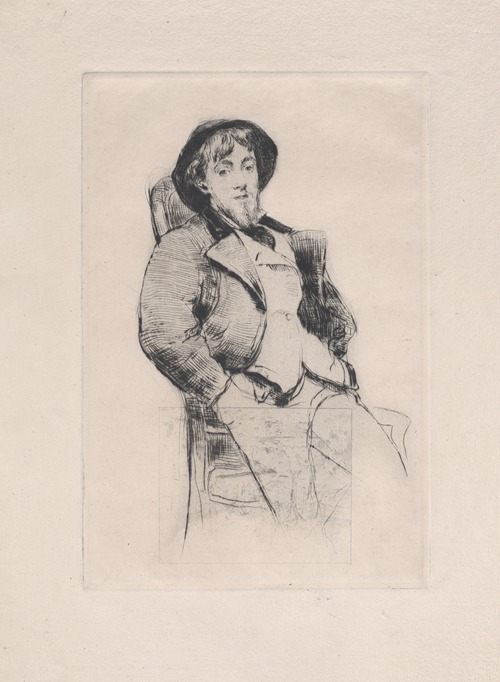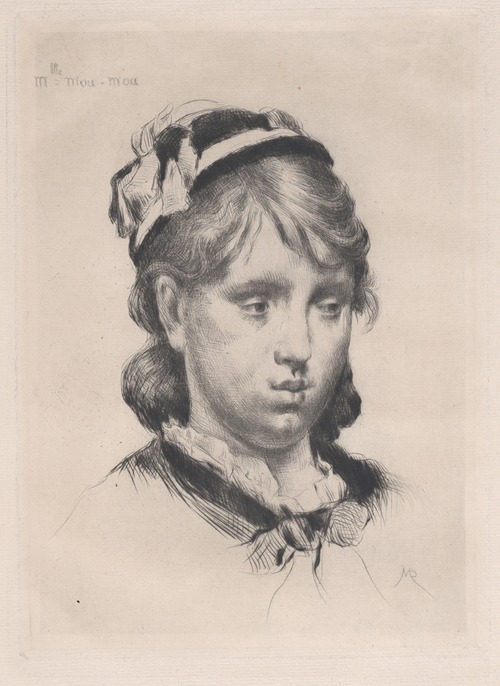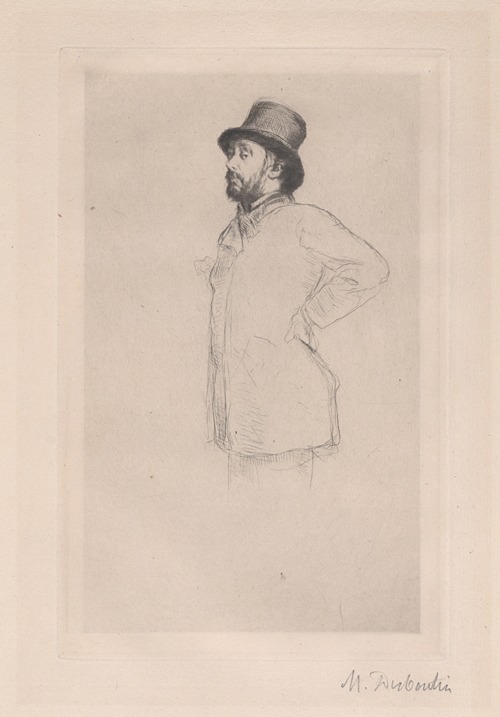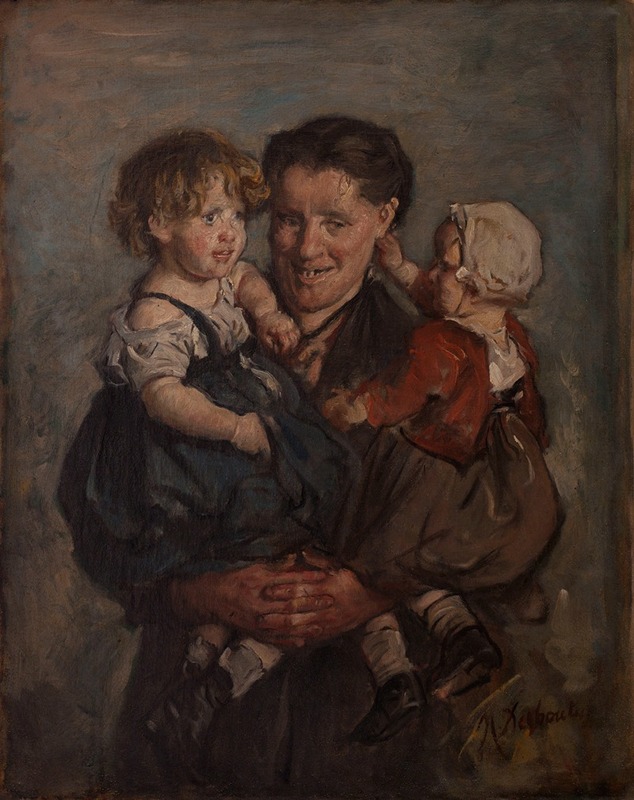
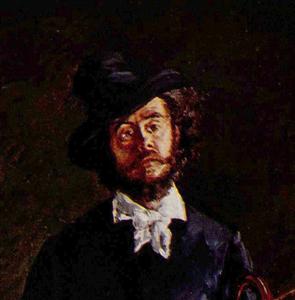
Marcellin Gilbert Desboutin was a French painter, printmaker, and writer. Desboutin always signed himself Baron de Rochefort.
Desboutin was born in Cérilly, Allier on 26 August 1823. His parents were Barthélémy Desboutin, a bodyguard of Louis XVIII, and Baroness Anne-Sophie de Rochefort-Dalie Farges.
He studied at the Collège Stanislas de Paris and began studying law while writing dramatic works. In 1845, he joined the studio of sculptor Louis-Jules Etex at the École nationale supérieure des Beaux-Arts in Paris, then he studied painting for two years under Thomas Couture. He then traveled in Britain, Belgium, the Netherlands and Italy. In 1857, he acquired a large property near Florence, the Ombrellino, where he led a lavish lifestyle and became friends with Edgar Degas.
The Franco-Prussian War of 1870–71 interrupted the performances at the Théâtre Français of Maurice de Saxe, a play he had written in collaboration with Jules Amigues. In 1873 at the age of 50, ruined by speculations, Desboutin moved to Paris, where he and Degas frequently met—often joined by Édouard Manet—at the Café Guerbois and the café Nouvelle Athènes. At Manet's home he met Émile Zola.
To make his living, he studied engraving and began a series of drypoint sketches while showing his paintings in exhibitions. He participated in the second exhibition of the Impressionists with six paintings, including Street Singer and The Cellist. He made many portraits of his friends including Edgar Degas, Auguste Renoir, Berthe Morisot, Pierre Puvis de Chavannes, Eugène Labiche, Nina de Villard, Erik Satie, Joséphin Péladan, Edmond and Jules de Goncourt. In 1880, longing for the sun drove him to move to Nice, where he remained until 1888. With the discovery, in a villa in Grasse, of five compositions by Fragonard, Desboutin made five wonderful interpretive drypoints: Surprise, Rendezvous, Confidence, the Lover Crowned and Abandoned.
Back in Paris, he helped found the Second National Society of Fine Arts and celebrated his appointment in the order of the Legion of Honour on 8 June 1895 with two hundred guests presided over by Puvis de Chavannes, in one of his favorite restaurants of Montmartre, giving the toast, "Gentlemen, drink to Manet in painting, in Chabrier music, Villiers and Duranty in literature!"
He returned to Nice in 1896 and worked there until his death there in 1902.
As a writer, Desboutin, besides Maurice of Saxony, is the author of a translation of Byron's Don Juan and of a drama performed in the late 1880s, Madame Roland.
Desboutin himself posed for Manet, Renoir and Degas. He is depicted in Degas' famous 1876 painting L'Absinthe. Two of his sons, André Mycho (1870–1937) and Tchiquine (1878–1951) were also artists.
